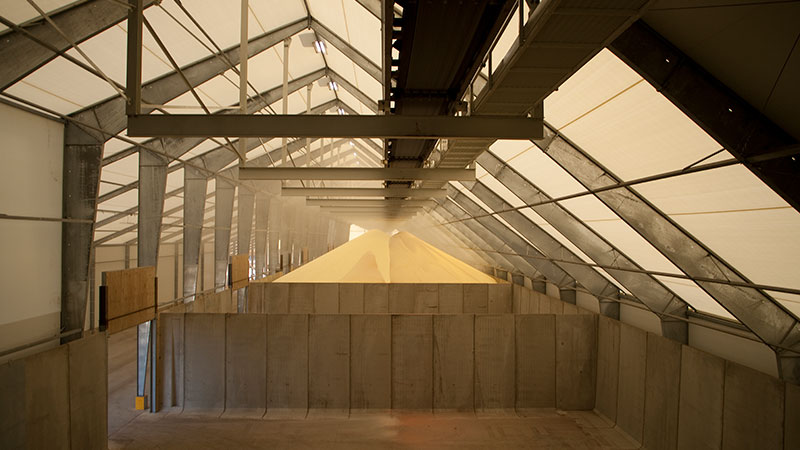Canadian Rail Strikes Ends Quickly; Brings Much-Needed Certainty to Fertilizer Supply
What a difference a few days makes. A few weeks ago, the agricultural community was bracing for what effect a lengthy Canadian rail strike might have on the grain and fertilizer supply situation for the U.S. On Sunday, March 20, the railway workers officially went on strike, with negotiations between the company and union reportedly “fall apart.”
However, the strike only ended up lasting two days. On Monday, March 21, Canadian Pacific (CP) Railway, Canada’s second largest rail carrier, and the Teamsters Canada Rail Conference (TCRC) announced a new agreement had been reached. This effectively ended the strike/lockout that had started on March 20, with the 3,000-plus CP employees resuming work on Tuesday, March 22.
“CP is pleased to have reached agreement with the TCRC Negotiating Committee to enter into binding arbitration and end this work stoppage,” said CP President and CEO Keith Creel in a released statement. “This agreement enables us to return to work effective noon Tuesday local time to resume our essential services for our customers and the North American supply chain.”
For U.S. agricultural interests, the end of the CP strikes brought some much-needed certainty to the fertilizer marketplace, with Canadian fertilizer now expected to be available for ag retailers and their grower-customers to utilize during the spring planting season. Initially, as strike talks were happening, Nutrien interim Chief Executive Ken Seitz said that if the Canadian rail strike lasted for too long, it would “force Nutrien to consider slowing potash production.”
With the Canadian rail strike now settled, Jay Debertin, President/CEO for CHS, Inc., believes the U.S. fertilizer market should be stable for the spring season. “When it comes to supply, the price is exorbitant, but the fact of the matter is for spring this year, fertilizer is likely either on the water or in storage ready to go,” said Debertin, speaking at the recent annual National Grain and Feed Association Convention in Charleston, SC. “With some exception around the edges, it’s in pretty good physical condition.”
Now, he added, all eyes are on the future. “High demand and limited supply for already high-priced fertilizer will come to a head this summer,” said Debertin. “Russia produces 11% of the world’s fertilizer and it will be difficult for producers to secure alternative sources for next year.”






